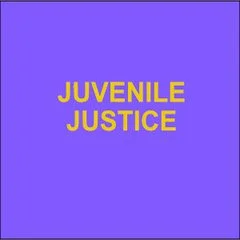By Matthew Van Poortvliet, Cassandra Popham, William Teager, Peter Henderson , et alThe Youth Endowment Fund’s vision is for every child to live a life free from violence. In the latest year, 40 children lost their lives to violence involving knives; 509 ended up in hospital; and 1 in 2 teenage children told us they changed the way they live because of the fear of violence. This is not okay. Each child affected by violence is a tragedy. Amid these tragedies lies a further injustice. While children from all backgrounds can face violence and deserve our full protection, children from certain ethnic backgrounds are less safe. Sometimes the statistics are deeply shocking. It should horrify all of us that a Black child growing up in our country is six times more likely to be murdered. It should also worry us when we hear that Black and Asian children are less likely to be referred for mental health support, or that Gypsy, Roma and Irish Traveller children face disproportionately high rates of school exclusions and suspensions. It doesn’t have to be like this. Sometimes, these terrible injustices are the consequence of appalling racial injustices rooted deep in our history. At other times, they are the result of recent, direct and unacceptable forms of racism — whether institutional or interpersonal. When compounded by other disadvantages, such as low income, unstable housing or higher risks of extra-familial harm, these inequalities create cycles of disproportionate harm that are difficult to break. Difficult, but not impossible. Ten years ago, Black children were 1.7 times more likely to be excluded from schools than White children. That is no longer true. Racial inequity does not have to be Ensure stop and search is fair and ‘intelligence-led’. Make Outcome 22 a positive outcome in the police outcomes framework. Monitor and improve access to psychological therapy. Deliver evidence-based support to children absent or excluded from school. Urgently reduce disproportionality and improve conditions in youth custody. This report sets out five actions that the new government can take to address racial disproportionality and keep our children safe: Ensure stop and search is fair and ‘intelligence-led’. Make Outcome 22 a positive outcome in the police outcomes framework. Monitor and improve access to psychological therapy. Deliver evidence-based support to children absent or excluded from school. Urgently reduce disproportionality and improve conditions in youth custody These recommendations are not exhaustive – there’s always room to do more. However, by acting decisively and urgently on these evidence-informed priorities, the new Labour government has an opportunity to deliver meaningful change, reduce violence and start to build a society where all our children can live free from violence.
London: Youth Endowment Fund, 2025. 47p.



